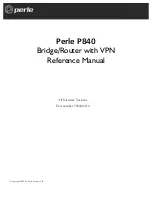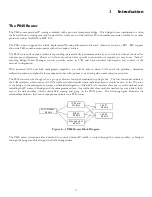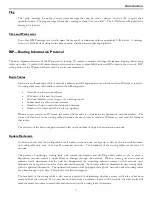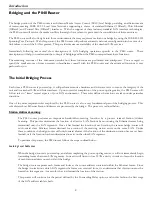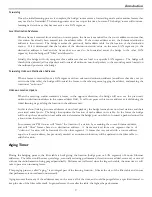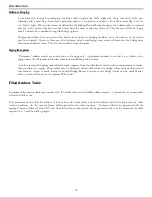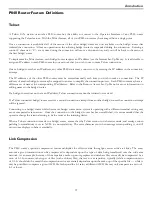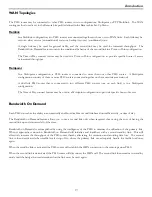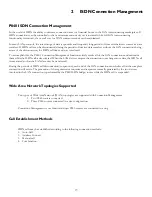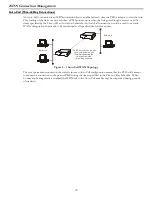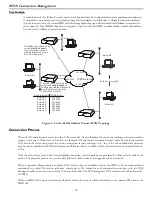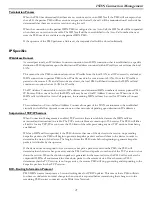
Introduction
6
Source Routing
Source routing is used to predetermine the path that the IP frame must travel through the network. There are two
types of source routing: strict source routing and loose source routing.
Strict source routing will contain a list of IP addresses of routers that must be used when the IP frame is sent through
the network. Strict source routing is used mainly to provide some type of data security. Once the IP frame has
reached the destination station, the destination station will take the list of IP addresses from the options field, reverse
them, and use them for a strict route back to the originating station.
Loose source routing will also contain a list of IP address of routers to be used on the path to the destination station.
However, the IP frame may pass through other intermediate routers to get to the next IP address in the loose source
routing list.
Route Recording
Route recording simply keeps a list of all the IP addresses of the routers that the IP frame has passed through on its
way to the destination station.
Time Stamps
The time stamp option is used to record the time at which the IP frame passed through each router on its way to the
destination station.
ICMP Messages
Internet Control Message Protocol (ICMP) messages are used to perform station and router protocol participation. ICMP
messages are passed between routers, or between routers and stations. There are several different messages, as discussed
below.
Unreachable
The “unreachable” message is sent back to the originating station when the path to the destination network has
disappeared. A destination network may be unreachable because of a broken link, a downed router, a downed
station, or other reasons.
Redirect
The “redirect” message is sent to the originating station when there is a better router to use to reach the destination
network. Because the routers share routing tables, each router has the ability to determine whether it is the best
router to use for network traffic. Once a station receives a redirect, all future IP frames destined for the particular
destination network will be sent to the new router.
Quench
The “quench” message is sent to the originating station when the path to the destination network has become
congested. The originating station will slow down the rate of transmission of frames for an internally (to the station)
predetermined period of time upon receiving a quench message.

